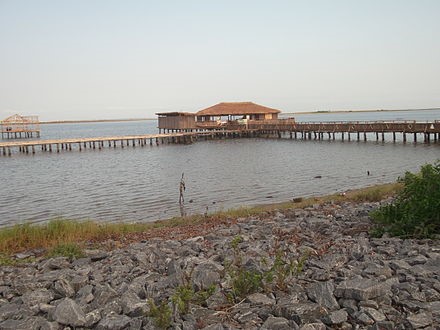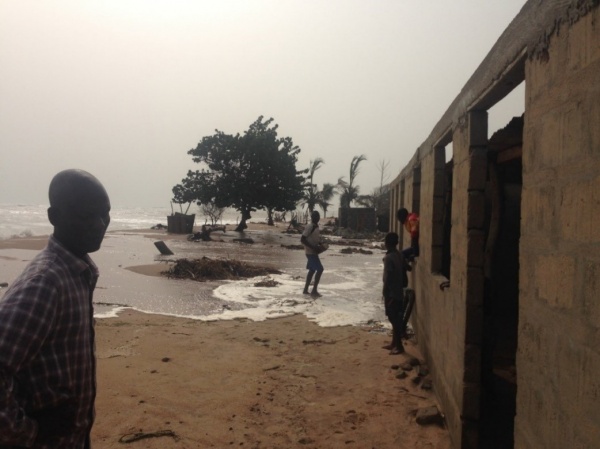Safeguarding the Keta Lagoon Complex Ramsar Site (KLCRS) for Sustained Socio-ecological Benefits
28.06.2018
-
SUBMITTED ORGANISATION :
-
Integrated Research System for Sustainability Science (IR3S), The University of Tokyo
-
DATE OF SUBMISSION :
-
28/06/2018
-
REGION :
-
Western Africa
-
COUNTRY :
-
Ghana (Volta region)
-
SUMMARY :
-
The Keta Lagoon located on the delta of the Volta River in the eastern coast of Ghana and covering a length of 126 km is the largest lagoon in Ghana. The area of the lagoon enjoys seasonal inflow of seawater during high tide from the Gulf of Guinea and regular inflow of rivers. Together with the surrounding wetlands, they form the Keta Lagoon Complex Ramsar Site. The lagoon remains a key habitat for aquatic and wetland animals and species. For many years, the Keta Lagoon Complex has been intensively used by a large population of people for a variety of purposes: fishing using a variety of techniques, cutting reeds for thatch and weaving, harvesting salt, and irrigating vegetable crops. Increasing exploitation of the lagoon and its resources has resulted in degradation and raised concerns about the long-term sustainability of this invaluable ecosystem. Coastal erosion and flooding are also major natural and human-induced hazards affecting this socio-ecological system. Educating resource users on the most appropriate environmental and conservation practices for the protection and health of the Keta Lagoon for sustained socio-ecological benefit is imperative.
-
KEYWORD :
-
Lagoons, Keta, Erosion, Flooding, Coastal
-
AUTHOR:
-
Yaw Agyeman Boafo, Integrated Research System for Sustainability Science (IR3S), The University of Tokyo
Summary Sheet
The summary sheet for this case study is available here.





